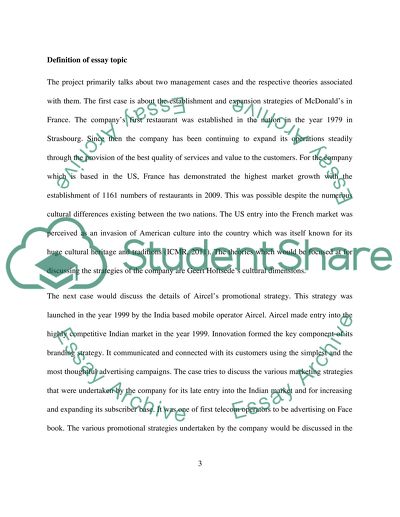Cite this document
(“Analyzing MacDonalds and Aircel Essay Example | Topics and Well Written Essays - 3250 words”, n.d.)
Retrieved from https://studentshare.org/macro-microeconomics/1429431-analyzing-macdonalds-and-aircel
Retrieved from https://studentshare.org/macro-microeconomics/1429431-analyzing-macdonalds-and-aircel
(Analyzing MacDonalds and Aircel Essay Example | Topics and Well Written Essays - 3250 Words)
https://studentshare.org/macro-microeconomics/1429431-analyzing-macdonalds-and-aircel.
https://studentshare.org/macro-microeconomics/1429431-analyzing-macdonalds-and-aircel.
“Analyzing MacDonalds and Aircel Essay Example | Topics and Well Written Essays - 3250 Words”, n.d. https://studentshare.org/macro-microeconomics/1429431-analyzing-macdonalds-and-aircel.


